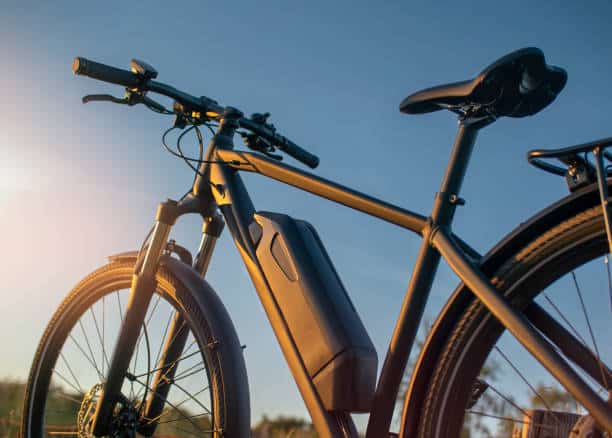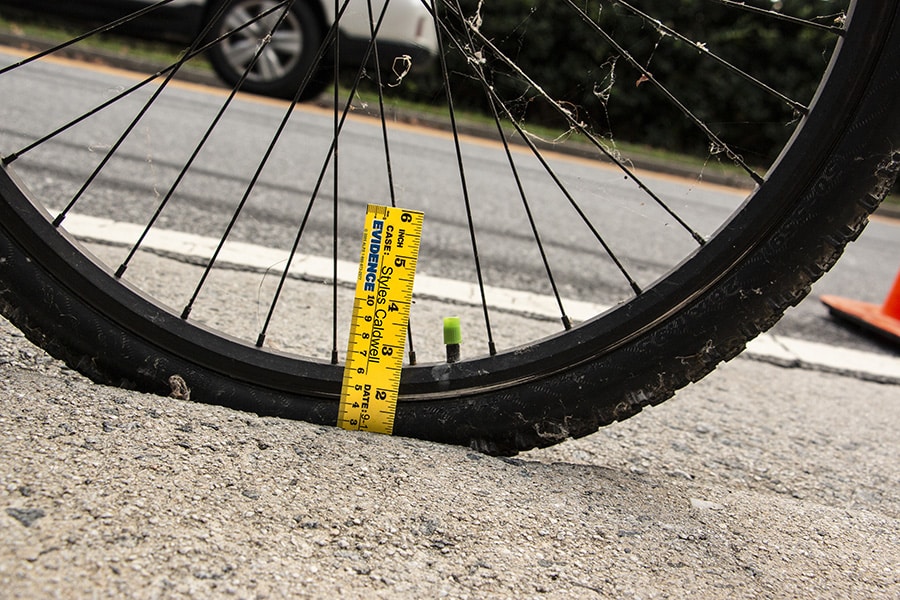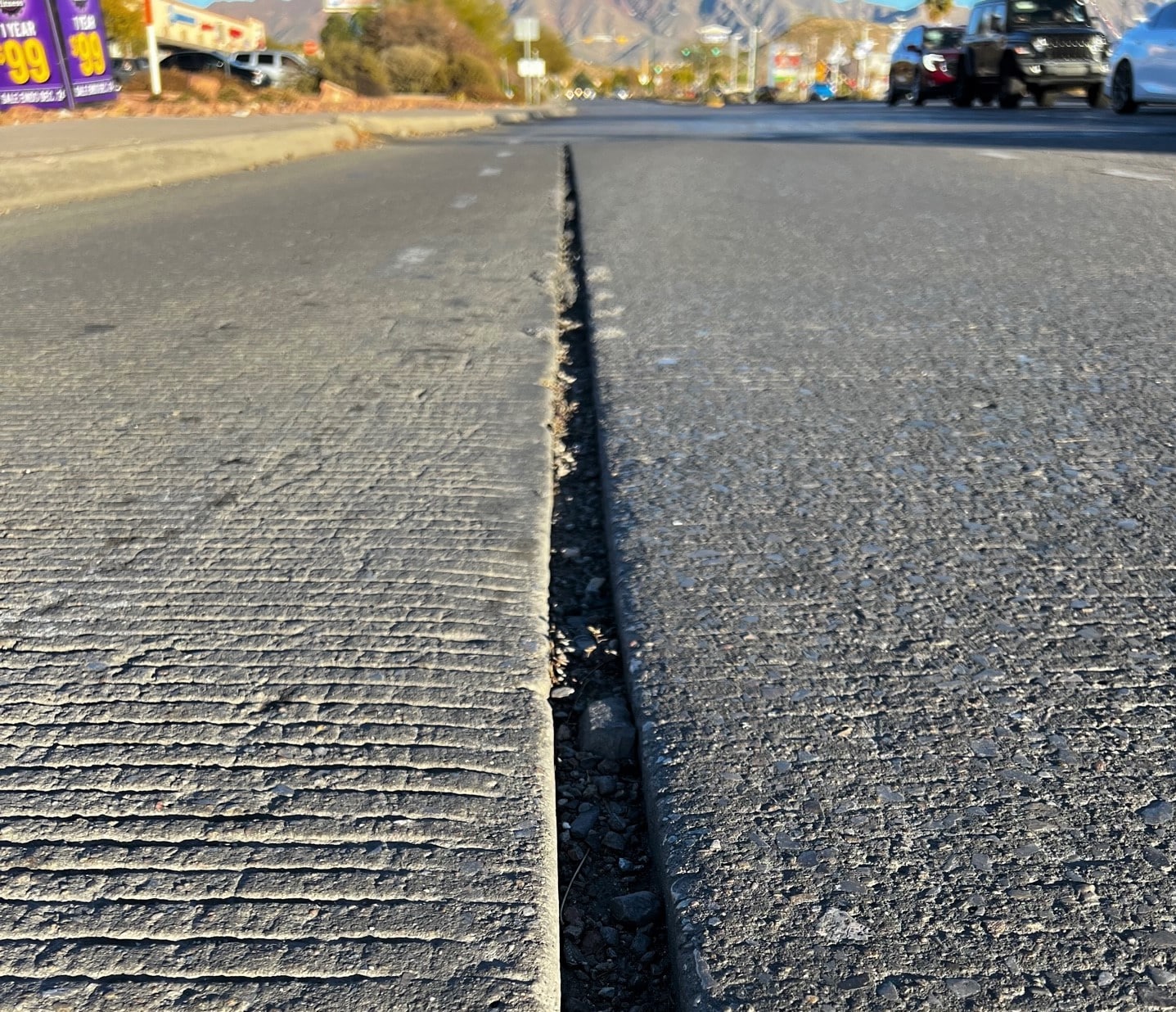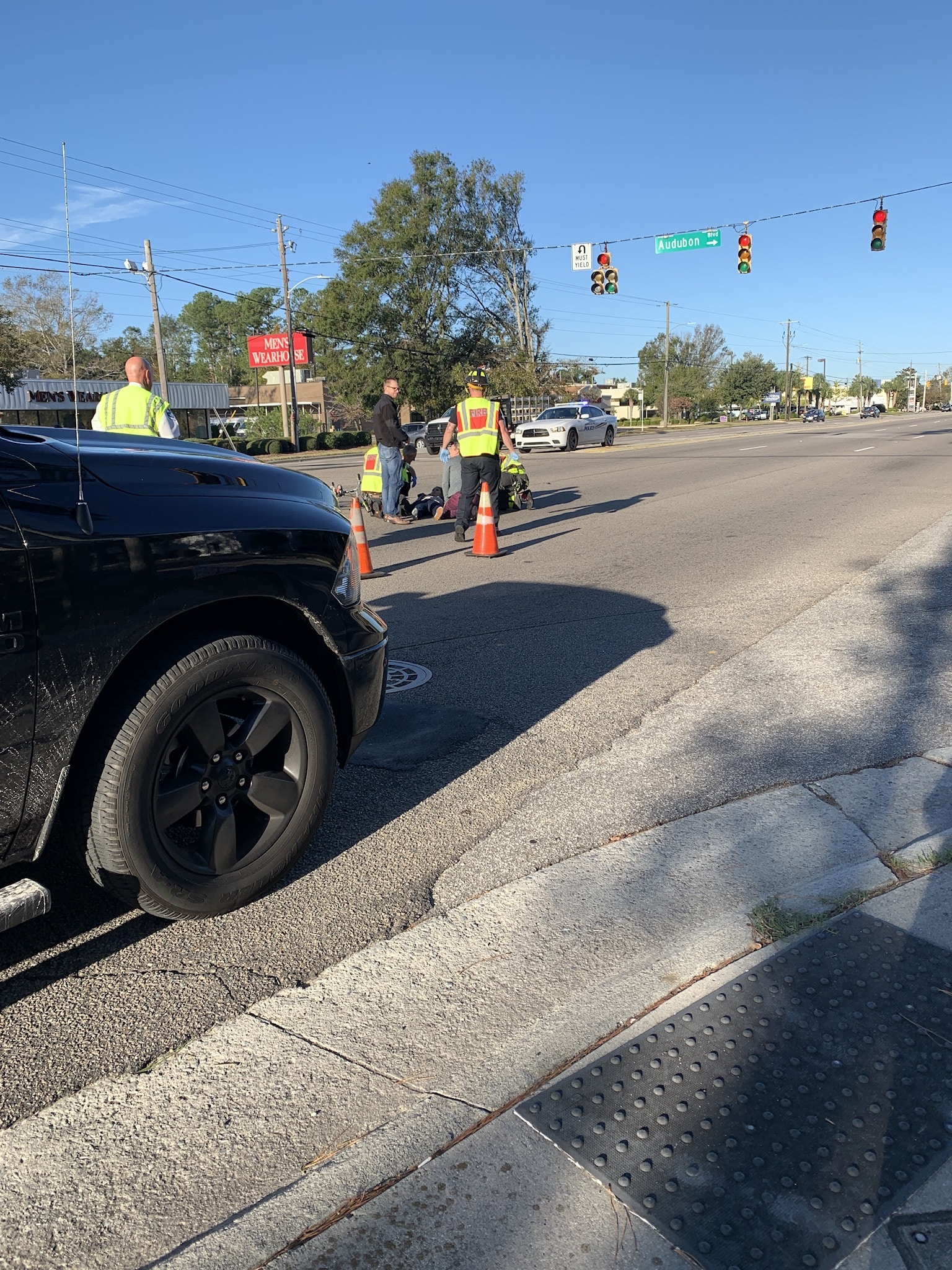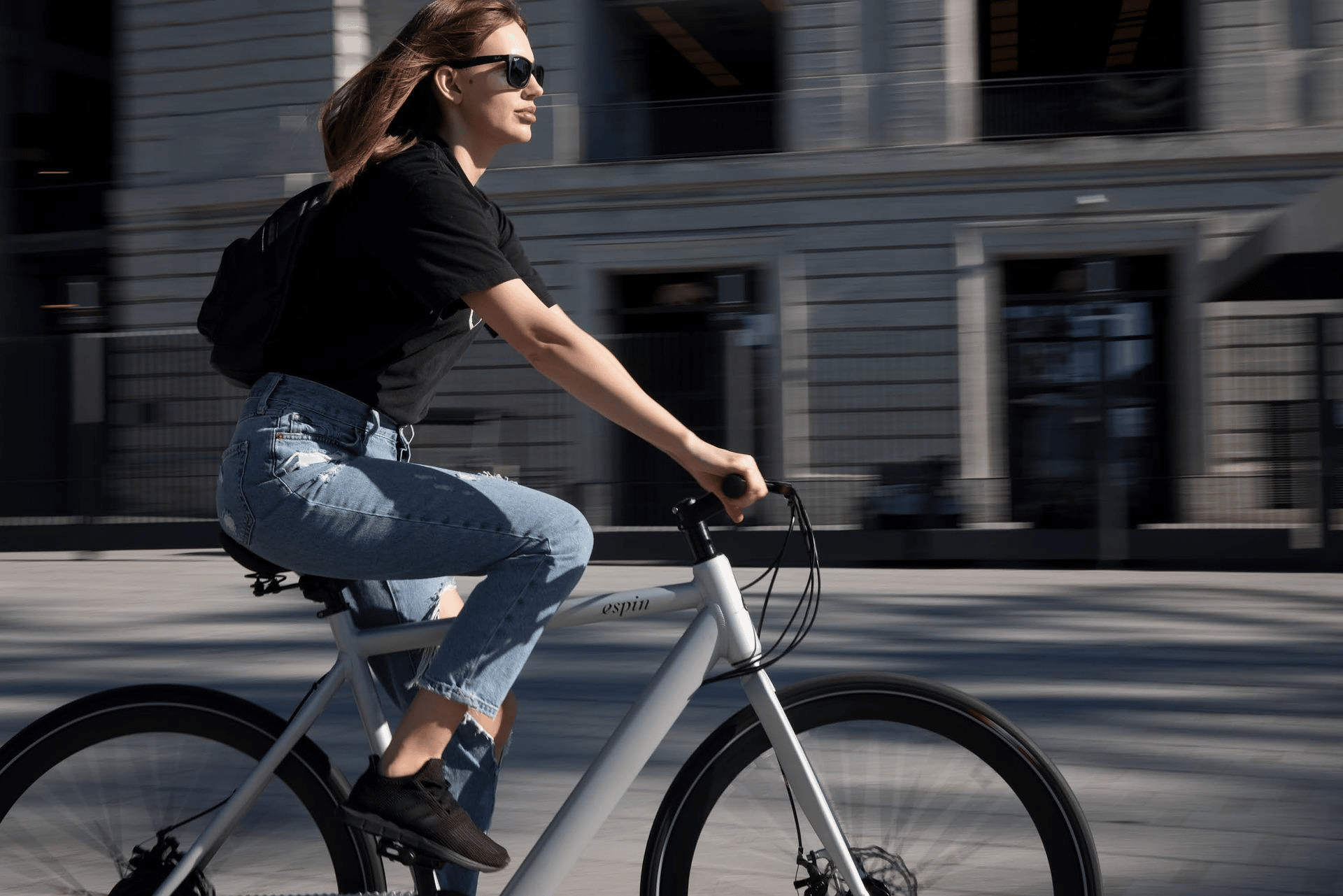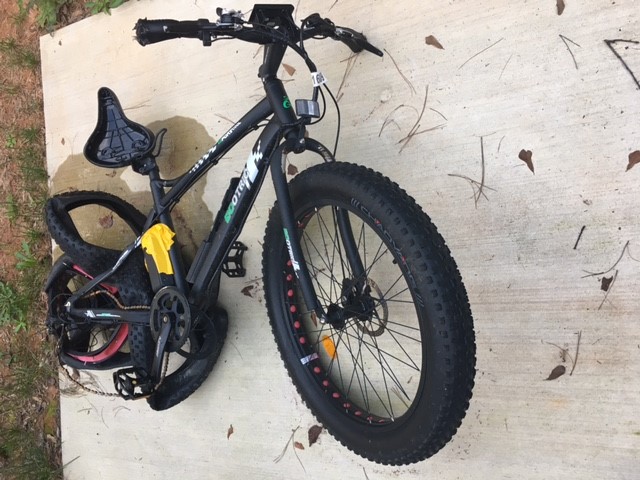Law Bob gives advice for riders in Oregon, and most other places.
In some countries, comprehensive insurance policies are available for cyclists; like their counterparts for motorists, these policies cover cyclists for risks such as liability, personal injury, uninsured motorists, and theft. Until recently, comprehensive insurance policies for cyclists were not available in the United States; however, comprehensive bicycle insurance policies are now available in the United States too, and it is no longer necessary for cyclists who wish to be insured to piece together coverage from other policies. Nevertheless, some cyclists may prefer to piece together coverage from existing policies rather than purchase a stand-alone insurance comprehensive bicycle policy. Both options are now available for cyclists.
While cyclists are not required to be insured, I strongly advise all cyclists to consider at least one type of insurance coverage—UM/UIM—as essential. Other types of coverage, while not quite as essential, nevertheless provide benefits to cyclists comparable to some of the more common benefits of comprehensive auto insurance.
So what types of insurance are available for cyclists?
UM/UIM coverage
UM/UIM coverage is coverage within a comprehensive auto policy (and now within comprehensive bicycle policies) that provides insurance coverage against collisions with uninsured and underinsured motorists. This type of coverage is so important for cyclists that it should be considered essential coverage. I routinely advise cyclists to purchase the maximum amount of UM/UIM coverage available (note that the maximum amount of UM/UIM available on a policy may be significantly higher on an automobile policy).
Every state requires motorists to carry some minimum level of liability insurance; Oregon’s minimum level is $25,000 for bodily injury per person, $50,000 per crash for bodily injury to others, and $20,000 per crash for damage to property belonging to others. In a car-on-bike collision, Oregon’s minimum level of coverage is only sufficient to cover minor collisions; any collision that is serious enough to send you to the hospital for more than emergency room treatment and release, or that will require continuing medical care, will quickly run over the policy limits, sometimes within the first few minutes of the collision.
Nevertheless, as long as a motorist carries this minimum level of coverage, the motorist is meeting his or her legal obligations. Because the minimum level of insurance is insufficient to cover anything more than a minor collision, motorists who do select this minimum level of coverage are termed “underinsured.” If you have the misfortune to be hit by an underinsured driver, the driver’s insurance policy may be insufficient to cover your injuries.
Some motorists, however, do not even carry this minimum level of coverage, usually because they cannot afford the premiums. Sometimes they cannot afford the premiums because they are in reality too poor to afford automobile ownership; sometimes they cannot afford the premiums because their poor driving record has resulted in high premiums that they cannot afford. Whatever the reason, these motorists are uninsured, but nonetheless continue to drive. If you have the misfortune to be hit by an uninsured driver, there may be no insurance policy to cover your injuries.
This is where your own UM/UIM policy comes in. If you have an insured automobile or a comprehensive bicycle policy, your insurance policy will include UM/UIM coverage. This coverage is there to protect you in case you are hit by an uninsured or underinsured driver. The reason this coverage is particularly attractive to the cyclist is because it covers you even if you are hit by an uninsured or underinsured driver while you are riding your bike. Furthermore, your UM/UIM policy will cover you if you are injured in a hit and run collision.
The price differential between minimum and maximum levels of UM/UIM coverage is not great; therefore, I routinely advise cyclists to purchase the maximum amount of UM/UIM coverage available. While nobody wants to be injured in a collision, having maximum UM/UIM coverage will provide you with some invaluable peace of mind should you be involved in a collision with an uninsured or underinsured driver.
One caveat—DO NOT accept a settlement from an underinsured driver’s insurance company without first getting approval from your own insurance company. If you do accept a settlement without the approval of your insurance company, your insurance company may decline to pay on your UM/UIM claim.
The reason for this requirement is that when you file a UM/UIM claim, you are authorizing your insurance company to “stand in your shoes” in pursuing a claim against the underinsured driver. If you accept a settlement offer from the underinsured driver’s insurance company, you are preventing your insurance company from pursuing their legal right to file a claim against the underinsured driver, and as a result, if you do not have permission to settle, your insurance company may legally refuse to pay your UM/UIM claim.
Personal Injury Protection (“PIP”)
Oregon has a “hybrid” no-fault insurance system. This means that, as in “no-fault” states, every auto insurance policy is required to carry Personal Injury Protection (“PIP”) coverage. Under Oregon law, every motorist is required to carry a minimum of $15,000 in PIP coverage. However, as in “fault” states, negligent drivers may be held liable for the injuries they cause. This means that if an insured driver is held liable, the driver’s insurance policy will usually be responsible for paying on the claim of the injured person.
Here’s how it all works: If you are injured in a car-on-bike collision, your own PIP coverage on your auto policy will pay on your injuries during the first year after the collision, up to the amount of PIP coverage on your policy. If your PIP coverage is exhausted by your injuries (which is easy to happen with a $15,000 minimum policy coverage), you can file a claim against the negligent driver’s insurance policy. Filing a claim will mean negotiating with the insurance company about who was at fault, and ultimately, may mean filing a lawsuit against the negligent driver if you cannot reach a settlement agreement with the driver’s insurance company.
Before attempting to negotiate with a negligent driver’s insurance company, you should consult first with an experienced Oregon bicycle accident lawyer. Do not talk with the driver’s insurance company until after you have talked with an attorney. The reason you do not want to talk with the insurance company first is that they will be using the conversation to gather information from you to see if they can find anything that they can use against you later to show that you were at fault in the crash. The insurance companies are experts at shifting the blame from their negligent driver to you, and anything that you say, no matter how innocent it may seem to you, may be something they can use to stall you later. Not every bicycle accident case will require an attorney’s help with a claim, but if you talk with an attorney first, the attorney can let you know what your options are before you decide to talk with the insurance company.
Health insurance
If you have health insurance, your policy will cover your medical costs for injuries sustained in a crash, even if the driver has insurance. This will relieve you of your immediate worries about your medical bills as you wait for your claim against the driver to be settled. However, be aware that if your medical costs have been covered by your health insurance, and you later recover damages for medical costs against the driver who injured you, you will be required to reimburse your health insurance carrier for medical costs it has paid. Therefore, you must take care when negotiating a bike crash settlement to be compensated for ALL of your medical bills.
Homeowners or Renter’s insurance
If you have homeowner’s or renter’s insurance, you have coverage for two types of losses. The first type of loss covered is that resulting from your own liability. Under the personal liability coverage of your homeowner’s or renter’s policy, you are covered for your negligent acts that cause personal injury to somebody else or cause damage to somebody’s property.
The other type of loss that is covered under a homeowner’s or renter’s policy is theft of your bicycle. You will need to be careful to insure the bike for its replacement value if you want to avoid a battle with the insurance company over replacement value vs. depreciated value. If you do file a claim, there will be a deductible (which may be paid by your lock manufacturer with a dollar-amount guarantee if you register your lock—depending on the guarantee offered by the lock manufacturer), and your premium will probably rise. Thus, you will need to use your discretion—for a high-dollar, high-end bike that would be difficult-to-impossible for you to replace yourself, it may make sense to file a claim when your bike is stolen. For low-value, lower end bikes that are more easily replaced, it may make more sense to absorb the loss yourself.
If your bike is stolen, and you file a claim with your insurance company, ownership of the bike transfers to the insurance company when it pays your claim; the bike is no longer yours. If you spot it on the street, you can certainly assist the police in recovering it, but it does not belong to you. It belongs to the insurance company. Similarly, if it is recovered by the police, it belongs to the insurance company. Once you have been paid for a stolen bike, if you want the recovered bike back, you will have to buy it back from the insurance company.
Conclusion
Negotiating with insurance companies can raise complicated issues that pose potential pitfalls for the cyclist. Before you agree to any settlement of your claim, be absolutely certain that you understand the settlement and all of its implications. If you need professional advice, an attorney experienced at handling insurance claims for cyclists can provide invaluable assistance. For a free consultation with Oregon bicycle accident lawyer Bob Mionske, contact Bob at [email protected] or 844-531-7530.
For More Information
For information about Oregon bicycle accidents, see What To Do If You Are A Cyclist Involved In An Oregon Bicycle Accident.



